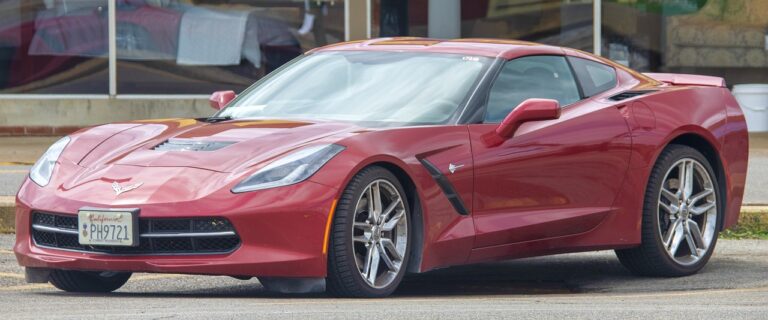The Challenges of Electric Vehicle Adoption in Coastal Areas
Electric vehicles (EVs) are becoming increasingly popular as more and more people look for sustainable transportation options to reduce their carbon footprint. However, there are specific challenges when it comes to the adoption of EVs in coastal areas. In this article, we will explore these challenges and discuss potential solutions to promote the widespread use of electric vehicles in coastal regions.
1. Limited Charging Infrastructure
One of the main challenges that hinder the adoption of electric vehicles in coastal areas is the limited charging infrastructure. Unlike urban areas, coastal regions may not have as many charging stations available, making it difficult for EV owners to find a place to recharge their vehicles. This lack of infrastructure can deter potential buyers from investing in an electric vehicle, as they may worry about running out of battery power without a charging station nearby.
2. Range Anxiety
Another significant challenge for EV adoption in coastal areas is range anxiety. Coastal regions often have longer distances between towns and cities, which can make EV owners nervous about whether they will be able to reach their destination without running out of battery power. This fear of being stranded can be a significant barrier for many people considering purchasing an electric vehicle.
3. Harsh Coastal Conditions
Coastal areas are exposed to harsh weather conditions such as saltwater, high humidity, and strong winds. These factors can have a negative impact on the performance and longevity of electric vehicles, as saltwater can corrode the vehicle’s components, humidity can affect the battery efficiency, and strong winds can increase energy consumption. EV manufacturers need to address these challenges by designing vehicles that are more resistant to these conditions.
4. Lack of Incentives
Coastal regions may lack the necessary incentives and policies to promote the adoption of electric vehicles. While some urban areas offer tax breaks, rebates, and other incentives to encourage people to switch to electric vehicles, coastal regions may not have the same level of support. Without these incentives, EV adoption may be slower in coastal areas.
5. Limited Access to Renewable Energy Sources
Another challenge for electric vehicle adoption in coastal areas is the limited access to renewable energy sources. While EVs are more sustainable than traditional gasoline-powered vehicles, they still rely on electricity that may not come from renewable sources. Coastal regions can benefit from harnessing wind, solar, or wave energy to power electric vehicles, but the infrastructure for renewable energy generation may not be as developed in these areas.
6. Tourism and Seasonal Population
Coastal areas often experience fluctuations in population due to tourism and seasonal visitors. This can pose a challenge for electric vehicle adoption, as the charging infrastructure may need to accommodate a larger number of vehicles during peak seasons. EV owners may struggle to find available charging stations when the population surges, highlighting the need for more robust charging infrastructure in coastal regions.
FAQs
1. Are electric vehicles suitable for coastal areas?
While electric vehicles can thrive in coastal areas due to their low emissions and environmental benefits, there are specific challenges that need to be addressed to promote their widespread adoption in these regions.
2. How can the charging infrastructure be improved in coastal areas?
Local governments and businesses can work together to expand the charging network in coastal regions by installing more charging stations in strategic locations, such as tourist attractions, shopping centers, and public parking lots.
3. What measures can be taken to address range anxiety in coastal areas?
One solution to range anxiety is to implement fast-charging stations along major coastal highways, allowing EV owners to quickly top up their batteries when traveling long distances.
4. How can electric vehicle manufacturers design vehicles that are more resistant to harsh coastal conditions?
EV manufacturers can use corrosion-resistant materials, improve waterproofing, and enhance the durability of their vehicles to withstand the harsh coastal environment.
Overall, the challenges of electric vehicle adoption in coastal areas are significant but not insurmountable. By addressing the issues of charging infrastructure, range anxiety, harsh coastal conditions, incentives, access to renewable energy sources, and seasonal population fluctuations, we can encourage more people to switch to electric vehicles and promote sustainability in coastal regions.







